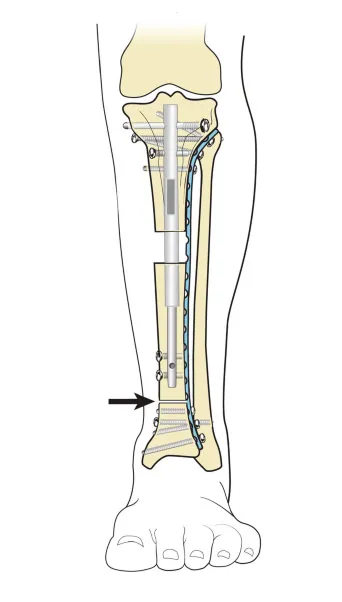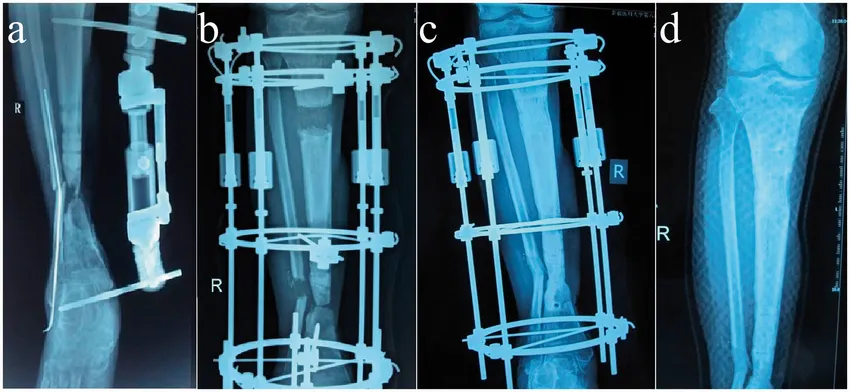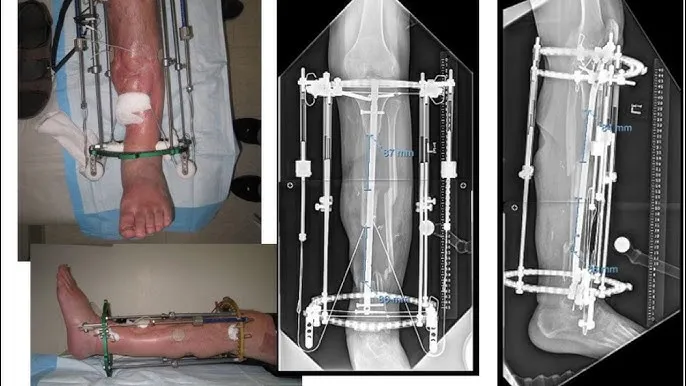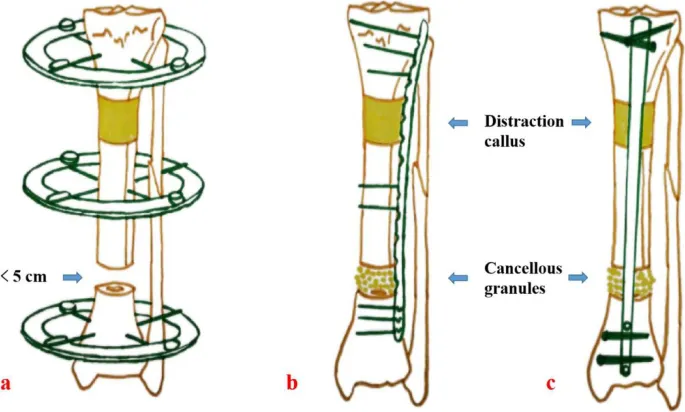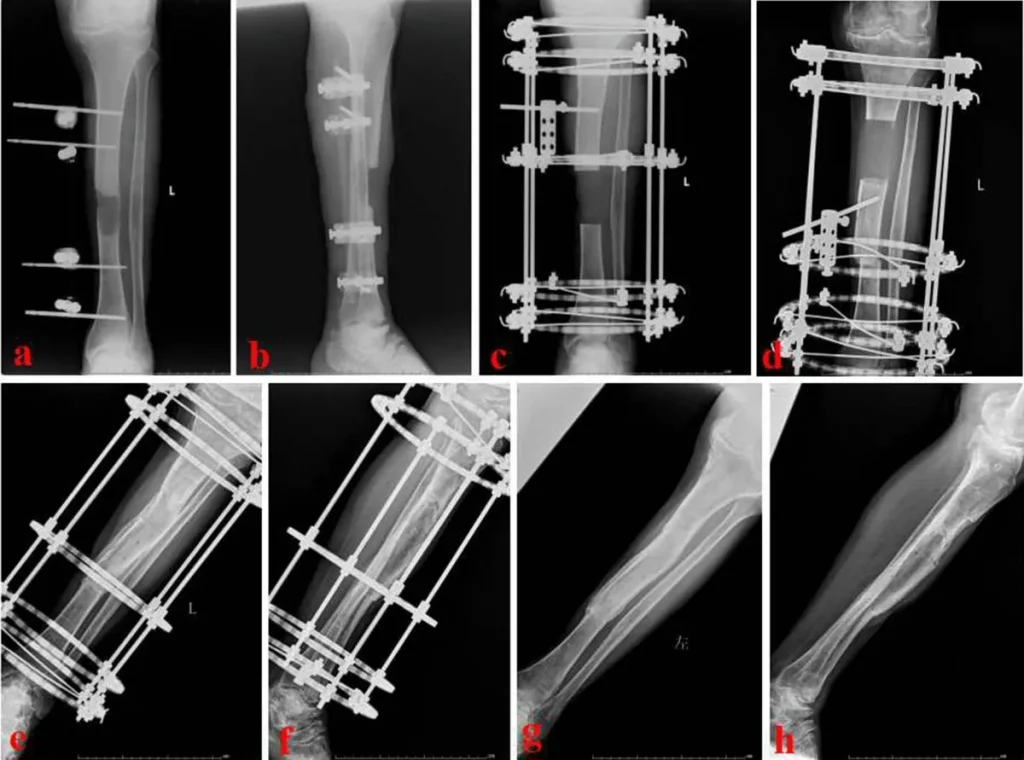Frequently Asked Questions about Bone Transport
Is bone transport surgery painful?
Some discomfort is expected, especially during distraction, but it is well-managed with pain medications and supportive care.
How long does the process take?
The process takes approximately one month per centimetre of bone defect, followed by consolidation. Total treatment may range from 6 to 12 months.
Are there alternatives to bone transport?
Alternatives include bone grafting, vascularized fibular grafts, or amputation in extreme cases. Bone transport is preferred for large defects.
Can infection recur after bone transport?
If we maintain thorough debridement and proper frame care, recurrence is rare but still possible. Close monitoring is vital.
Is bone transport suitable for children?
Yes, bone transport is especially suitable for children with open growth plates; however, planning must take future growth into account. Children typically heal faster than adults.
Will I be able to walk during treatment?
Partial weight-bearing is often possible with frame support, depending on the case. Full walking resumes after consolidation.
Are there scars from bone transport?
Small pin site marks may remain, but large scars are uncommon. Cosmetic results are usually very satisfactory.
What’s the success rate of this procedure?
In skilled hands, the success rate exceeds 90%, particularly when patients comply with follow-up and physiotherapy.
Will I need physiotherapy?
Yes, regular physiotherapy is essential to prevent joint stiffness and restore strength and mobility.
Can this technique be repeated if needed?
Yes, bone transport can be safely repeated or modified in case of recurrent defects or complications.
